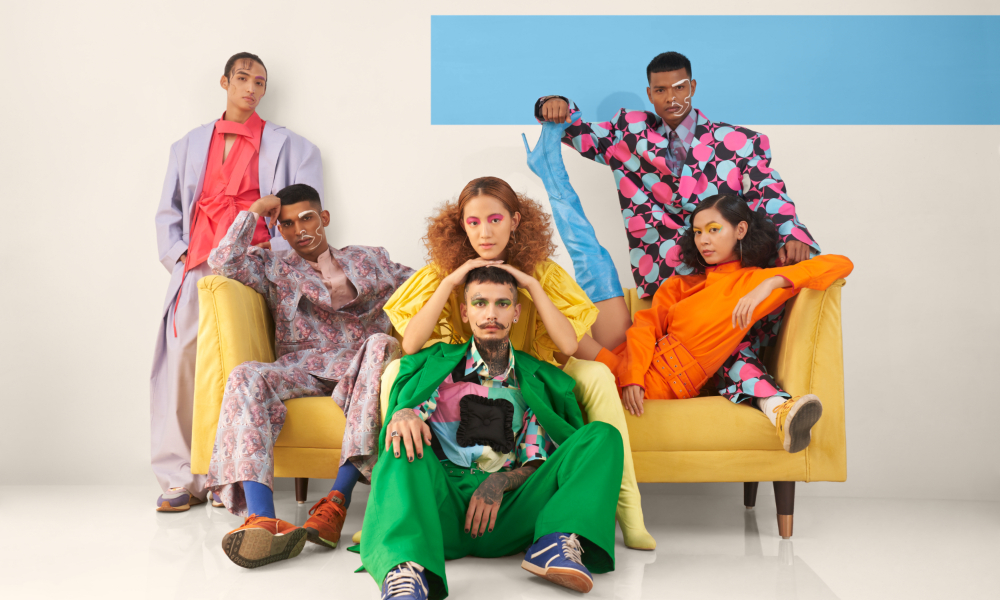Sustainable fashion has become an increasingly popular trend in recent years, with more and more people seeking out eco-friendly and socially responsible clothing options. But where did this movement come from, and how has it evolved over time? Let’s take a look at the history of sustainable fashion and how it has changed over the years.
The Origins of Sustainable Fashion
The concept of sustainable fashion can be traced back to the 1970s, when concerns about environmentalism and social justice were on the rise. At this time, a small group of designers began experimenting with eco-friendly materials and production techniques, paving the way for the sustainable fashion movement we know today.
One of the early pioneers of sustainable fashion was designer Vivienne Westwood, who began using recycled fabrics and natural dyes in her collections in the 1980s. Other designers, such as Stella McCartney and Eileen Fisher, have also become well-known for their commitment to sustainable fashion in more recent years.
The Growth of Sustainable Fashion
Over the past decade, sustainable fashion has grown significantly in popularity, with more and more consumers seeking out ethical and eco-friendly clothing options. This has led to a rise in sustainable fashion brands and retailers, many of which focus on using organic and recycled materials, as well as sustainable production methods and fair labor practices.
One of the key factors driving the growth of sustainable fashion has been the increased awareness of the environmental and social impacts of the fashion industry. From the use of toxic chemicals in textile production to the exploitation of garment workers in developing countries, there are many issues associated with the fast fashion model that consumers are becoming more aware of.
The Future of Sustainable Fashion
As the sustainable fashion movement continues to grow, there are many exciting developments on the horizon. For example, new technologies are being developed that could enable clothing to be produced using less water and energy, while also reducing waste and pollution.
There is also a growing interest in circular fashion, which involves designing products and systems that are regenerative and restorative by nature. This could involve using materials that can be easily recycled or repurposed, or developing new business models that prioritize sustainability over profits.
Overall, the evolution of sustainable fashion trends has been driven by a growing awareness of the environmental and social impacts of the fashion industry, as well as a desire for more ethical and eco-friendly clothing options. While there is still much work to be done in this area, the future looks bright for sustainable fashion, with new technologies and business models promising to usher in a more sustainable and equitable fashion industry.











Comments